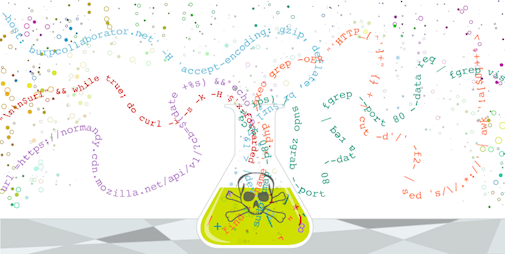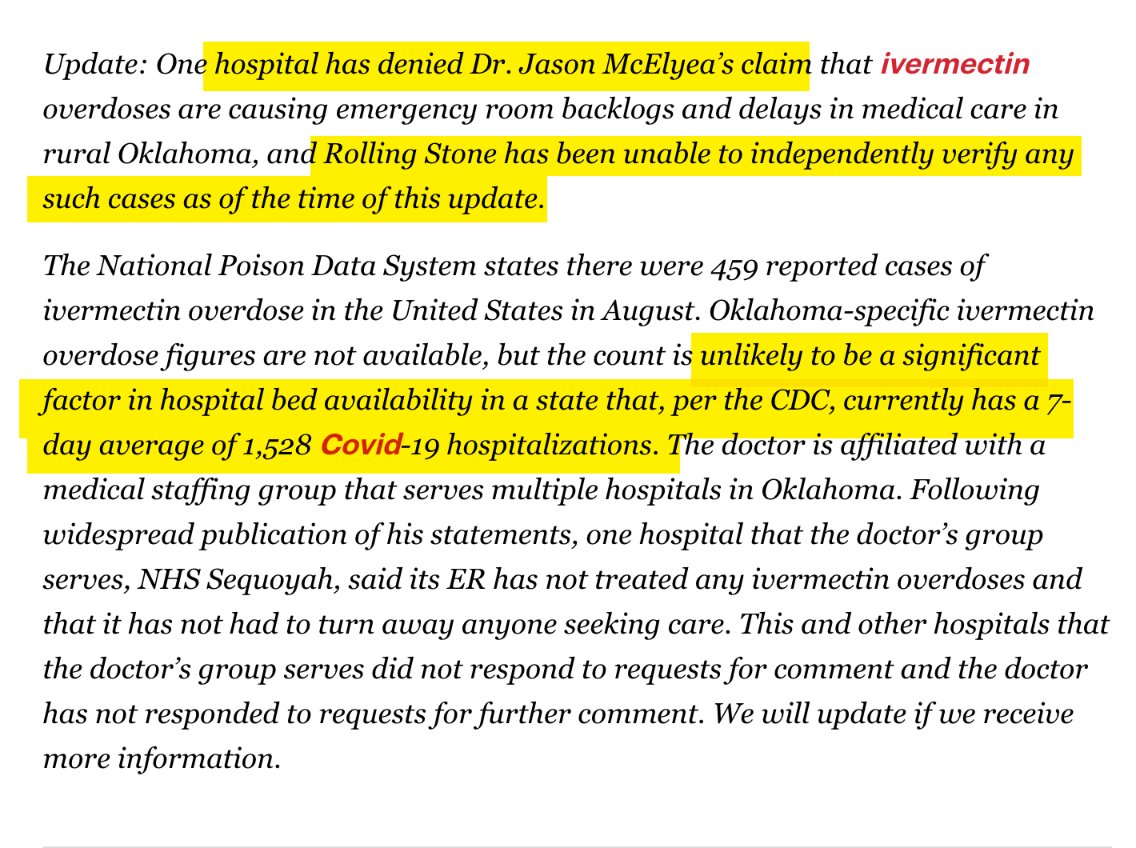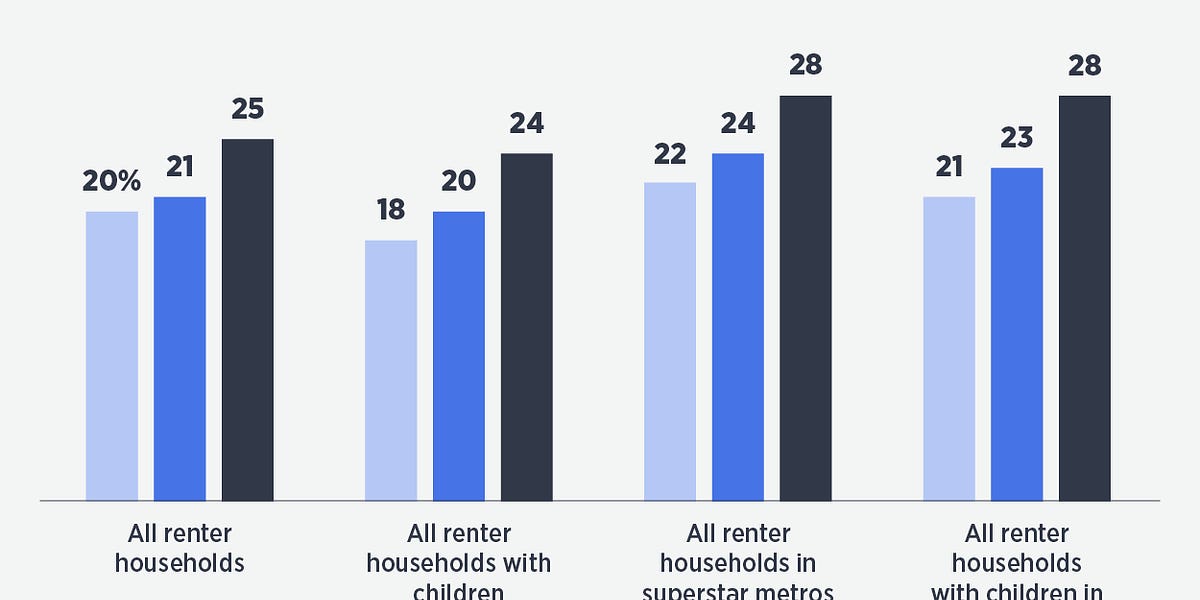
Practical Web Cache Poisoning
Web cache poisoning has long been an elusive vulnerability, a 'theoretical' threat used mostly to scare developers into obediently patching issues that nobody could actually exploit.
In this paper I'll show you how to compromise websites by using esoteric web features to turn their caches into exploit delivery systems, targeting everyone that makes the mistake of visiting their homepage.
I'll illustrate and develop this technique with vulnerabilities that handed me control over numerous popular websites and frameworks, progressing from simple single-request attacks to intricate exploit chains that hijack JavaScript, pivot across cache layers, subvert social media and misdirect cloud services. I'll wrap up by discussing defense against cache poisoning, and releasing the open source Burp Suite Community extension that fueled this research.
To grasp cache poisoning, we'll need to take a quick look at the fundamentals of caching. Web caches sit between the user and the application server, where they save and serve copies of certain responses. In the diagram below, we can see three users fetching the same resource one after the other:




















